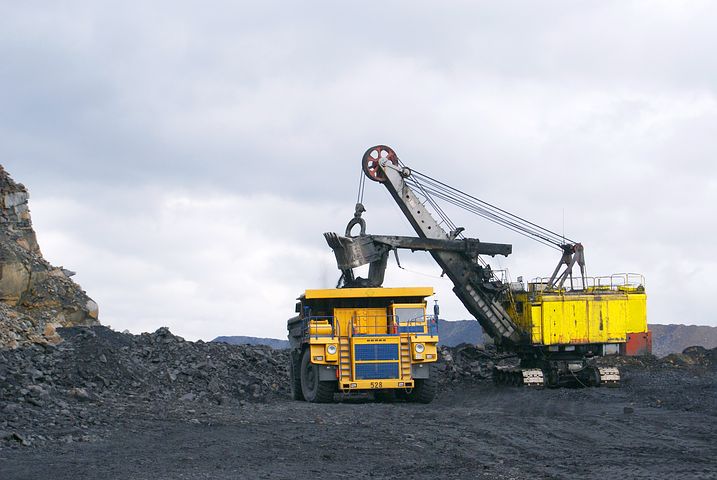In the last 20 years, technology has skyrocketed and invaded the lives of hundreds of millions of people around the world. We use these devices every day, but do most people know where the materials to make the devices are found and how they are collected?
Every day people are scrolling through social media on their iPhone and Android devices, typing vigorously on their laptops and listening to hours of music on their AirPods. Many people, especially college students, use their devices for hours upon hours each day in order to complete their classwork. However, they may not know how their devices were produced.
Julia Breitkreutz, a senior English major, said she used her iPhone, MacBook, desktop, AirPods and FitBit daily.
“To be quite honest, I do not know where they are made, but I assume they are made in China. As to what they are made out of, I would say plastic or metal,” Breitkreutz said.
Catherine Windham, a sophomore double majoring in psychology and religion, said she uses the treadmill at the gym often alongside using her phone and laptop.
“I do not know anything about what they’re made of or where those materials come from,” Windham said.
According to the article “The Cycle of an iPhone” there are various materials found and used in the creation of the device. The top five materials used are aluminum, iron, lithium, gold and copper, but there are 46 elements all together.
Aluminum is one of the elements in iPhones that is non-renewable. This means that it cannot be naturally replaced or replenished, the same as iron.
Both aluminum and iron are commonly found in Australia, Brazil and India.
The gold used in iPhones is found in several states in the United States, including Nevada, Alaska, California, South Dakota and Colorado. The gold that is being mined currently is non-renewable. Once these resources are used, there will be no more on Earth. One negative impact of mining gold includes soil erosion, the formation of sinkholes and loss of biodiversity.
Lithium is mined in Chile. This mineral is found in underground reservoirs of saltwater. Water pollution is a negative side effect of the mining process.
Additionally, Chile is the world’s leading country in mining copper. The mining of copper causes significant and sometimes permanent ecological impacts. Surface and groundwater, as well as land covers, are constantly being affected.
According to the Insiders article “Here’s how much metal it takes to make your iPhone” by Jeremy Berke, Apple claimed in 2018 that they will “seek to stop using mined rare earth elements to make phones, and instead use only recycled materials.”
“I think it would be good to know where and how the materials are collected, but I do not think it will stop someone from using the devices,” said Brad Tinsley, a senior business administration major.




